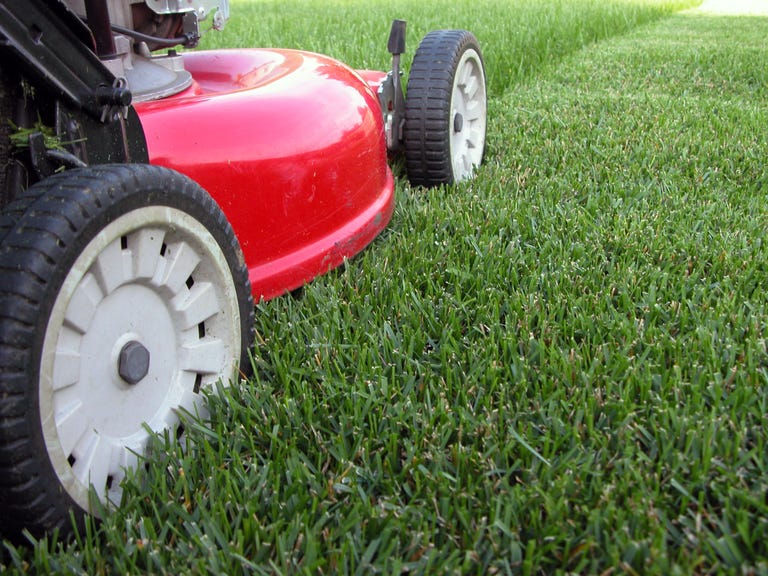8 Next-Level Lawn Care Tips
Water and fertilizer are just the starting point for a healthy lawn.
By Timothy Dahl
Getty Imagesterminator1
1. Raise Your Deck
Allowing your lawn to mature and grow a tad longer can help it establish a better root system and become more lush and full. If you feel like your lawn needs a boost, try raising your lawnmower deck one or two settings and track the results.
2. Brown Isn't Dead
A brown lawn isn't always a dead lawn. Certain strains of grass go dormant and hibernate in the winter. A result of this is a brown lawn, which may look dead, but it is really just protecting itself. Keep watering on a consistent schedule to keep your lawn alive. Once it warms up you'll see green reappear.
3. Avoid Too Many Chemicals
The lawn care aisle at your local nursery or Home Depot has enough chemicals to make your head spin. Don't fall into the trap of thinking you need to treat your lawn for every little brown spot or weed. Be patient. It's often better to err on the side of fewer chemicals than more.
4. Mulch Lawn Clippings
Bagging your lawn clippings may result in a cleaner lawn, but mulching is the more economical and healthier way to treat your lawn. Your lawn will feed on the clippings, which will require less fertilizer and less waste.
5. Patch Yellow Spots
Small yellow or brown spots can be the result of a low-lying area of your lawn that receives to0 much water, which is rotting the grass. Chemicals will do nothing to fix this. Instead, raise this low area with soil and compost, and watch it sprout green again.
6. Aerate Once Per Year
Aerating is a necessary task that allows your lawn to take in more nutrients. It's best done when your lawn is thriving. You can use a coring aerator—or simply wear these aerator spikes while mowing.
7. Don't Water Every Day
There's no need to water your lawn every day. In fact, overwatering can be just as damaging to a lawn as not watering it enough. It's better to water your lawn deeply every few days as opposed to regular light sprinkles. Avoid evaporation loss and rot by watering in the early morning.
8. Test Your Soil
Before adding fertilizer, you should test your soil to determine what nutrients it needs. You can send your soil off to a lab, but an easier way is with a home soil testing kit.
No comments:
Post a Comment